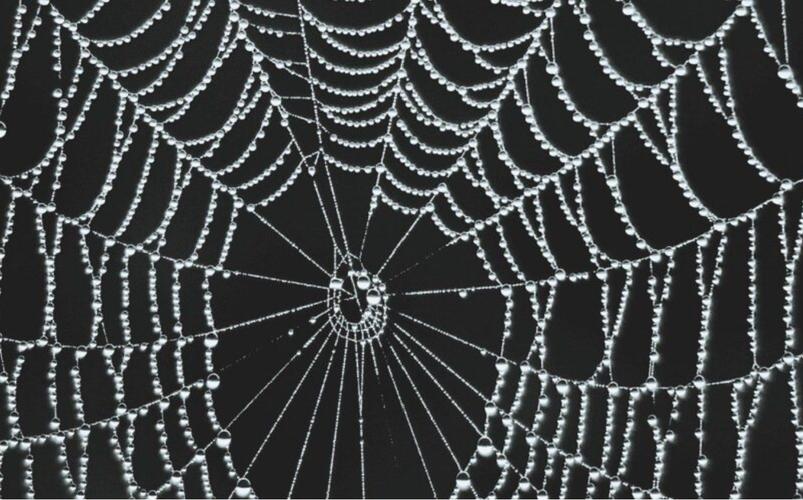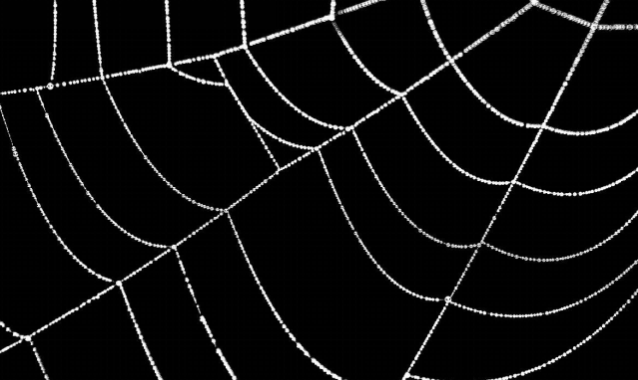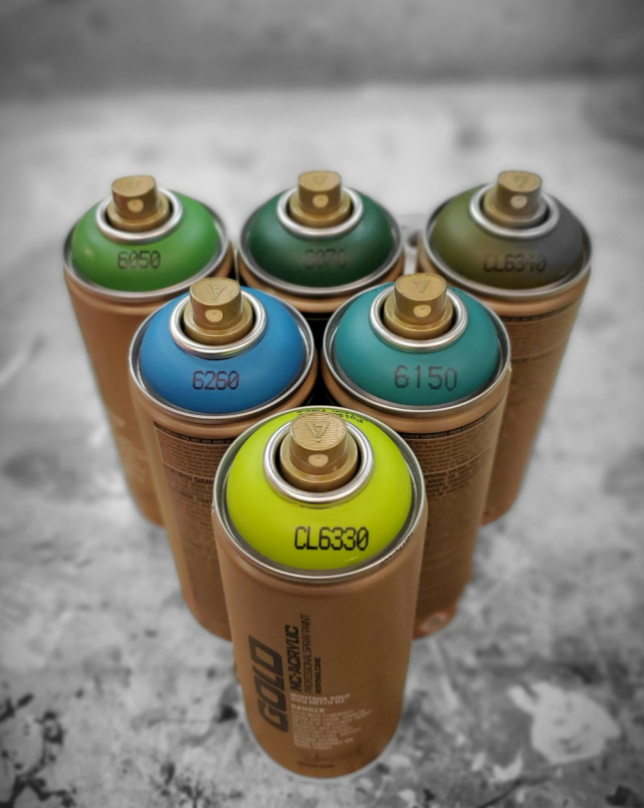Scientists Study Spider Web Throwing, Spider-Man Superpowers May Become Reality
Do you remember the magical web shooter on Spider-Man's wrist? The device allows him to swing between skyscrapers and easily capture villains, once a fantasy only seen in comics and movies. Now, science is turning that fantasy into reality. At the Silk Lab at Tufts University in the United States, scientists accidentally created a viscous, spiderweb-like substance. This material not only mimics the properties of spider silk but can also "spin" tough fibres from the air, just like Spider-Man's web. This discovery has thrilled science fiction fans.

The inspiration for the Silk Lab's research comes from a variety of organisms in nature, including spiders, silkworms, mussels, barnacles, and even tropical orchids. These creatures have evolved to develop remarkable materials and structures, such as the toughness of spider silk, the stickiness of mussels, and the slime of velvet worms.
Scientists drew inspiration from these "engineers" of nature. However, although spider silk is one of the toughest materials in nature, spiders cannot shoot a solution into the air and have it rapidly solidify into fibres, as Spider-Man does. This was the challenge that scientists faced: how to combine the toughness of spider silk with the ability to shoot it remotely, creating a truly practical "web shooter."
Scientists used a needle to spray a solution made from silk protein (from the cocoon of the Japanese silkworm) and dopamine. Initially, they sprayed this mixture directly into an acetone "bath," where acetone triggered the material to solidify into a hydrogel. However, this method could only work in a liquid environment and couldn't achieve remote spraying. To overcome this limitation, the research team improved the experimental setup. They added acetone to the outer layer of a coaxial needle, while the silk protein and dopamine were wrapped in the inner needle. As the solution was sprayed from the needle, acetone would evaporate in midair, speeding up the solidification process. Using this method, scientists successfully "spun" tough fibres in the air, just like Spider-Man's web.

Spider-Man's web shooter has gone through multiple evolutions in comics and movies. Initially, Peter Parker built a wrist-mounted device that triggered the web-shooting through finger pressure. In Sam Raimi's Spider-Man movie, the web shooter became an organic part of Spider-Man's superhero transformation, almost as if it were part of his body. While the real-world web-shooting technology may not be as flashy as in the movies, the breakthrough by scientists is equally amazing. By spraying a mixture of silk protein and dopamine into the air and solidifying it into fibres in midair, the research team has successfully brought an sct-ti concept to the lab.
If you think a web shooter is just for showing off, you're mistaken. Just like in the movies, this superpower could benefit many more people. For example, in the medical field, these tough tibers could be used to make absorbable surgical sutures or to repair damaged tissues. In rescue operations, rescuers could "shoot" web strands, quickly building bridges or ropes, enabling them to act rapidly in disaster sites.

This technology is still some way from practical application. Future research will focus on how to improve the strength and stickiness of the fibers, as well as how to apply this technology to real-world scenarios. For example, scientists need to figure out how to miniaturize the web shooter so it can be worn on the wrist like Spider-Man's device. Additionally, scientists cannot yet make enough of these products because large-scale production is necessary for web-shooting technology to move from the lab into everyday life. In the real world, scientists are the true "Spider-Men." They are making dreams come true, tumig fantasy into reality.
(Writer:Galli)





